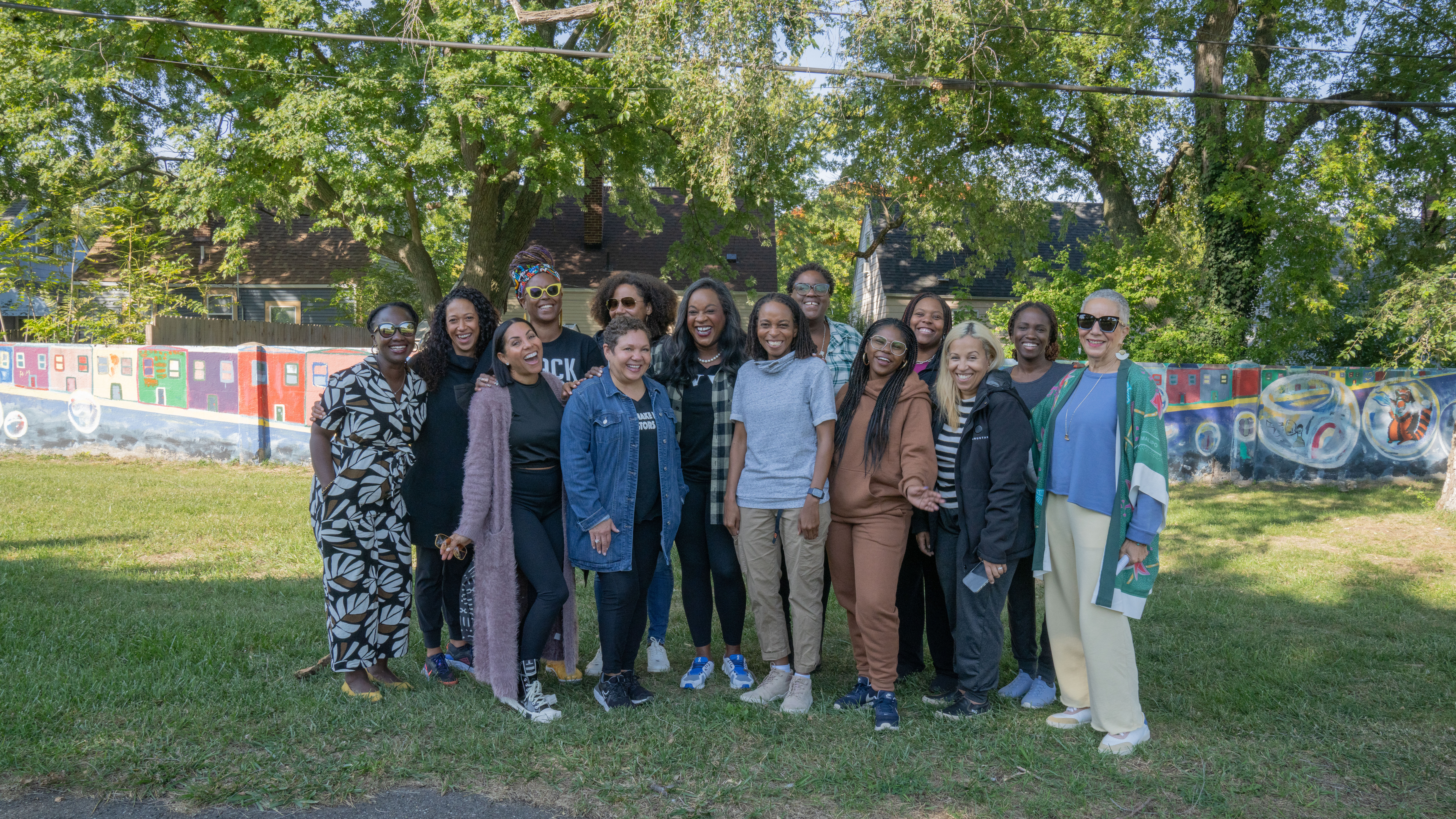For the third year in a row, Black History Month is happening against the backdrop of multiple crises in America. From mass shootings and mass layoffs to the continued senseless deaths of Black Americans to law enforcement, namely and most recently, the murder of Tyre Nichols in Memphis, our country continues to reach tipping points, and yet progress is stagnant. So many of us hope to find the answers to these layers of pain—but without sight to what lies ahead, our cynicism and hopelessness can feel like our greatest challenge.
As we enter Black History Month, I lean into our ancestors, and I’m reminded yet again: the answer lies within stories of our past.
It was this time two years ago, when New York City remained largely shutdown and corporate calls for racial justice were seemingly plastered all over. As a Black woman, I worried that the calls for action were going to amount to inaction. From my seats in government and philanthropy, I had often seen short-term investments being made for centuries-old problems, when it was clear that it was going to take multi-generational investment.
Searching for comfort, answers and possibilities, I reached for a book from my late father: The Crisis Reader: Stories, Poetry, and Essays from the N.A.A.C.P.’s Crisis Magazine. The editor, Sondra Kattryn Wilson wrote: “Notwithstanding their enslavement, America’s unlettered African Americans had contributed worlds of music, art, and poetry to this nation centuries before the Harlem Renaissance of the 1920s.”
It was clear to me that even in darkness, we were planning for possibilities.
Throughout our history— Black artists, scholars, leaders from every field—did courageous work in pursuit of a vision that would make the world more beautiful for generations ahead. From Octavia E. Butler sci-fi writings inspiring and seeding the Black Futurist Movement to Coretta Scott King marching for equity so social progress didn’t come to a standstill: our ancestors legacy planned.
Legacy planning is a statement of what you want to leave behind and how you imagine your choices today will create more possibilities for the future. It’s a vision just beyond your reach that you are in constant pursuit of. Anchored in a set of values or intentions, our legacies serve as a guide on how you make day-to-day decisions and tradeoffs, from how you invest your money to the career decisions you make.
We’ve seen legacy planning all around us in recent years. Many Black women, for example, have sparked “The Great Renegotiation” in hopes of getting what they need from their workplaces in order to continue having impact, and they’ve led organizations all over aimed at voter engagement—and consistently delivered.
As the founder of The Highland Project—a nonprofit building and co-powering a coalition of Black women leaders, I’m surrounded by phenomenal women—of all ages, industries and job titles—focused on addressing the racial wealth gap by driving bold, structural change for Black communities. At The Highland Project, we realize that wealth is more than just dollars in our pockets. It’s about removing any barrier that hinders opportunity. Through legacy planning, we are more aligned on the solutions to be imagined, designed, built and sustained, and truly create multi-generational wealth and change.
Over the last two years, we conducted a poll of over 1400 Black women, and one of the key findings was that racism and discrimination was the top barrier to building wealth. Tackling deeply systemic problems requires more than a short-term win or a 5-year plan. To build new tables, we need sustained visions—legacies that ripple through the future.
I’m inspired by the legacies of Highland Leaders like Amanda Alexander, the founding Executive Director of the Detroit Justice Center, who is reimagining a just Detroit—rooted in solidarity, compassion, and care through legal services, coalition building, and employment among formerly incarcerated; and Dr. Aisha Nyandoro, who has built the longest running guaranteed cash pilot to compassionately lift single Black mothers out of poverty.
Regardless of your career level, sector or age, legacy planning is something that we can all tap into. Here’s how:
- Spark your imagination. Gather a handful of artifacts that tell the story of where you’ve been and where you’re heading. Tapping into our creativity focuses the mind and cultivates the imagination – the vision.
- Get to the right answers by asking yourself the right questions. Practice journaling your responses to these questions:
- What future are you fighting for?
- What do you think is the biggest issue you can accomplish or tackle, and what power do you have to make change happen?
- What practices and community will support your well-being through different seasons of life?
- Start small. What is one to two things you need to focus on to propel your legacy vision forward over the next 18 months? It could be carving out monthly reflection time to iterate on your vision, celebrate, and reassess next steps, or even identifying and engaging with five people within your network that you want to learn from over the next six months.
- Be gentle with yourself. Don’t hold yourself to arbitrary deadlines or that Instagram post marking your achievement. Remember: even the greats moved through the night.
These four steps have helped the Highland community continue to build their legacies, driving structural solutions that build generational wealth and opportunity for Black communities. Because legacy planning has been in our DNA for generations. It’s time we learn from our past to plan—and actualize—the future we desire.


